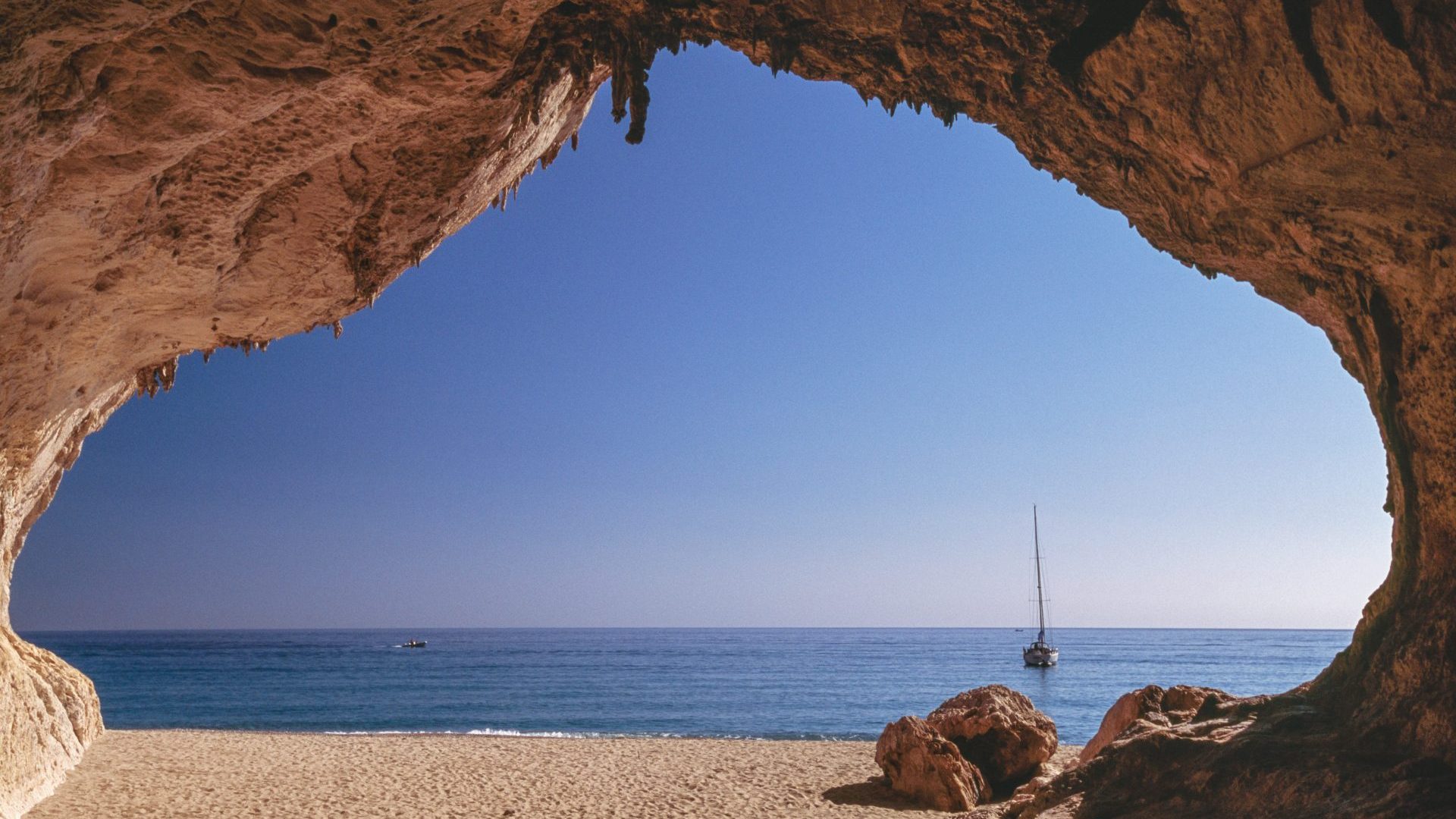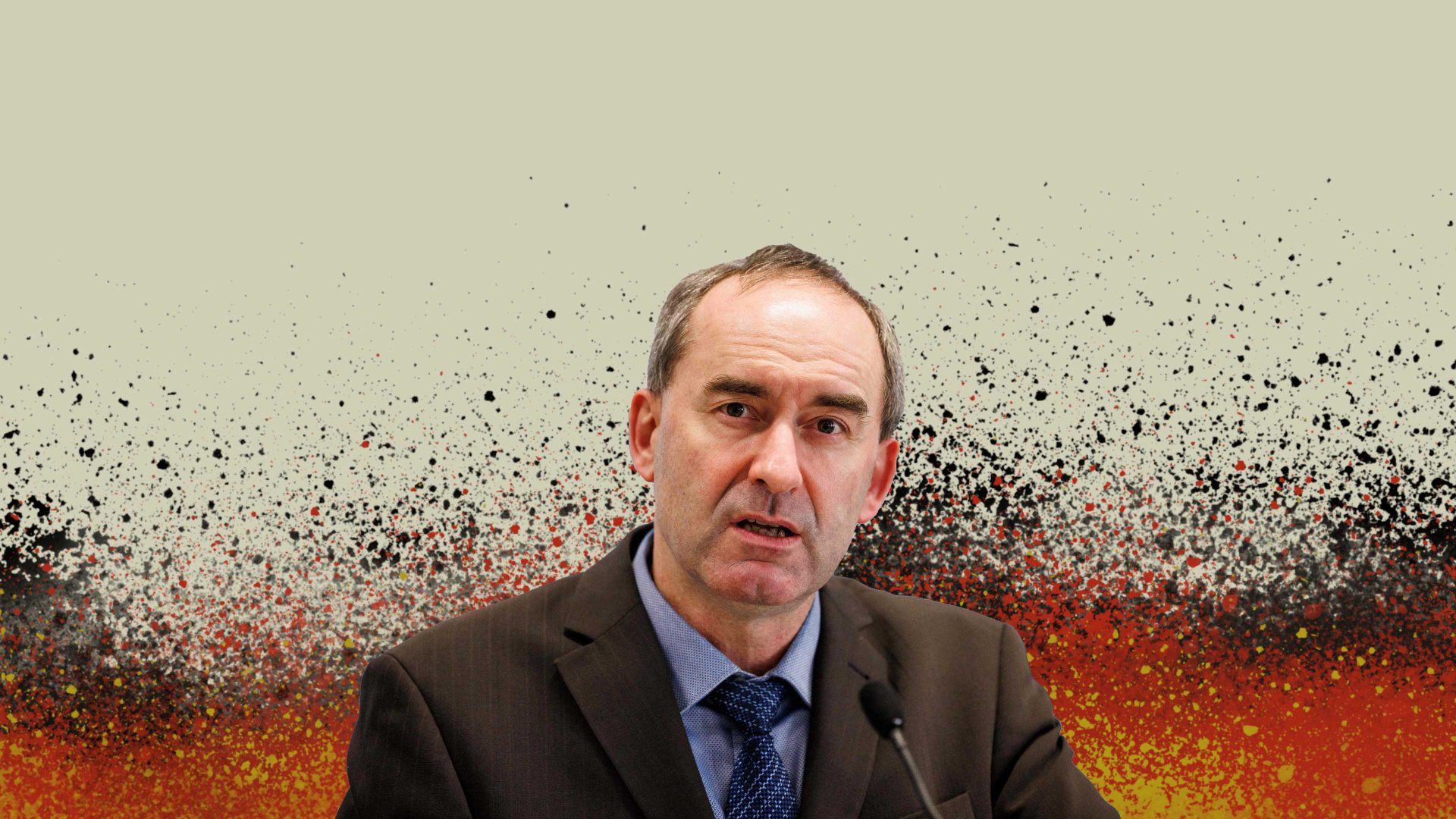As temperatures in Sardinia soared over 40C this summer, a photographer colleague posted on Instagram a picture of beach-lovers hiding from the sun in a cave. It reminded me how beautiful Sardinia is, but also that it is an island of sharp contrasts.
While this year’s Mediterranean summer has been excessive by any measure, Italians know that August can always be a wicked month, and many will head for the seaside when the sun is a little lower, but before schools go back around September 11.
We had heard of Spiaggia La Pelosa’s reputation as among the most beautiful beaches in Italy and wanted to see it for ourselves. Its gently shelving sands, sheltered by the low-lying island of Piana, are watched over by a 16th-century stone tower, rising from the languid turquoise waters that lap the golden shore. It seemed an idyllic spot.
Our first mistake was to try to take the car, rather than the minibus offered by the hotel where we were staying, in Stintino, in the north-west of the island. The road above the beach was jammed solid. Then we missed the sign instructing visitors to place a bamboo mat beneath their towels to protect against sand erosion. But it didn’t matter anyway – the beach was so full there was barely enough room to put down a flannel, let alone a towel.
We were puzzled why the beach traders had set up their stalls 50 metres offshore in half a metre of water, but the answer was simple: they had been banned from the beach as a further conservation measure. Other rules required that sand be emptied from shoes (and elsewhere) before leaving the beach or the dunes.
It was all a far cry from our previous beach stop, around 75km to the east, on the island’s opposite coastline. The Costa Smeralda earned its “emerald” moniker because of its shimmering white sands and blue-green waters – and that’s where the similarities with La Pelosa end.
Wind the clock back a little over 60 years and the 35km stretch of coastline running south from the fishing village of Porto Cervo was a mosquito-infested swampland. A World Bank eradication programme aimed at addressing malarial outbreaks on Sardinia changed all that. Then, in 1960, the entire mosquito-free coastline and its immediate hinterland was acquired by a consortium that included Shah Karim al-Husayni, better known as the Aga Khan, and Patrick Guinness of Irish brewing fame, half-brother of the Aga Khan.
The new owners were very picky about the developments they permitted and the result is a belt of five-star hotels, posh villas and extravagant marinas filled with super-yachts and their moneyed occupants. It now contains some of the most expensive real estate in Europe. The Qatari sovereign wealth fund acquired the Aga Khan’s legacy in 2012.
But that doesn’t have to mean that lesser mortals are excluded from the Costa Smeralda. Our discounted white stone hotel offered sunbeds on its own area of nearby Liscia Ruja beach, from where we could watch the mega-yachts at anchor offshore. And while the coolers in the beach cafes were filled with high-end bubbly rather than Coca-Cola, the beach was vast, car parking cheap and it was, in principle, open to all-comers.
Back at the busier end of the island, the local authority has acted in the name of both sanity and conservation: access to the beach is now by ticket only and limited to 1,500 people. It costs €3.50 (£3) online for adults (children free), though opportunistic rival sites can fleece you for up to €10.
But why would you pay to dip your toes on a crowded beach, when you can still enjoy the dolce vita on the empty side of the island without paying a cent.
But whichever side of Sardinia you visit, keep in mind that you might end up hiding in a cave.



